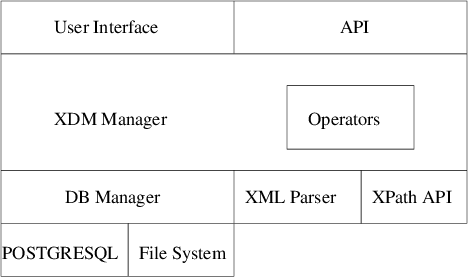Building HetNet Architecture: Creating Scalable and Resilient Networks
telcomatraining.com – In today’s fast-paced digital landscape, network demands are growing exponentially. The rapid expansion of IoT devices, increasing mobile data usage, and the need for ultra-low latency have pushed traditional network infrastructures to their limits. Enter Heterogeneous Networks, or HetNets—an innovative architectural approach designed to create scalable and resilient networks.
What is HetNet Architecture?
A Heterogeneous Network (HetNet) refers to a network architecture that combines different types of network nodes and technologies, such as macro cells, small cells, Wi-Fi, and distributed antenna systems (DAS). These elements work together to provide seamless connectivity, greater coverage, and higher capacity, especially in densely populated areas.
Unlike homogeneous networks that rely solely on a single type of base station, HetNets use a mix of cell sizes and technologies to overcome traditional coverage and capacity challenges. This makes them an ideal choice for meeting the demands of 5G and future communication networks.
Why HetNet Matters in Modern Networking
The adoption of HetNet architecture is crucial for several reasons:
- Scalability: HetNets are designed to grow and adapt. As user demand increases, new nodes like small cells or Wi-Fi hotspots can be easily added without overhauling the entire network.
- Resilience: By distributing the traffic load across multiple types of access points, HetNets reduce the risk of single points of failure and improve overall network uptime.
- Enhanced Capacity and Coverage: HetNets can fill coverage gaps in urban and rural areas alike, ensuring users have access to reliable service wherever they are.
- Efficient Spectrum Utilization: The combination of multiple technologies enables better spectrum reuse and more efficient data transmission.
Key Components of a HetNet
To build a truly resilient and scalable HetNet, it’s essential to integrate various components effectively:
- Macro Cells: These serve as the backbone of the network, offering broad coverage and high transmission power.
- Small Cells: Including microcells, picocells, and femtocells, these are used to enhance coverage in high-traffic or hard-to-reach areas.
- Wi-Fi Networks: Provide additional bandwidth and offload traffic from cellular networks, especially indoors.
- Backhaul Infrastructure: A robust backhaul (fiber, wireless, or satellite) is crucial for connecting different nodes and ensuring smooth data transfer.
- Network Management Software: AI-powered tools can monitor and optimize performance, predict congestion, and automate maintenance tasks.
Best Practices for Deploying HetNet Architecture
To ensure a successful HetNet deployment, consider the following best practices:
- Site Planning and Optimization: Analyze data traffic patterns and user behavior to strategically place small cells and Wi-Fi hotspots for maximum efficiency.
- Interference Management: Use advanced algorithms and spectrum management techniques to minimize cross-talk and signal interference between nodes.
- Security Integration: With multiple access points, HetNets must be built with end-to-end encryption and robust cybersecurity protocols.
- Energy Efficiency: Choose hardware and configurations that reduce power consumption and support green networking initiatives.
- Future-Proof Design: Build with flexibility in mind, ensuring the architecture can adapt to upcoming technologies such as 6G, edge computing, and AI-driven automation.
HetNets and the Path to 5G
HetNet architecture is a foundational pillar of 5G networks. With its multi-layered and multi-technology structure, HetNets support critical 5G features such as network slicing, ultra-reliable low-latency communication (URLLC), and massive machine-type communications (mMTC).
By bridging the gap between traditional networks and next-gen technology, HetNets play a key role in enabling smart cities, autonomous vehicles, remote healthcare, and more.
Final Thoughts
Building a scalable and resilient network in today’s complex digital environment requires more than just increasing bandwidth or deploying new towers. HetNet architecture provides a comprehensive solution by combining multiple technologies into one cohesive system. Its ability to adapt, expand, and perform reliably makes it the blueprint for the future of mobile and broadband networks.
Embracing HetNets now means preparing for the demands of tomorrow—where high-speed, uninterrupted connectivity is not a luxury, but a necessity.







